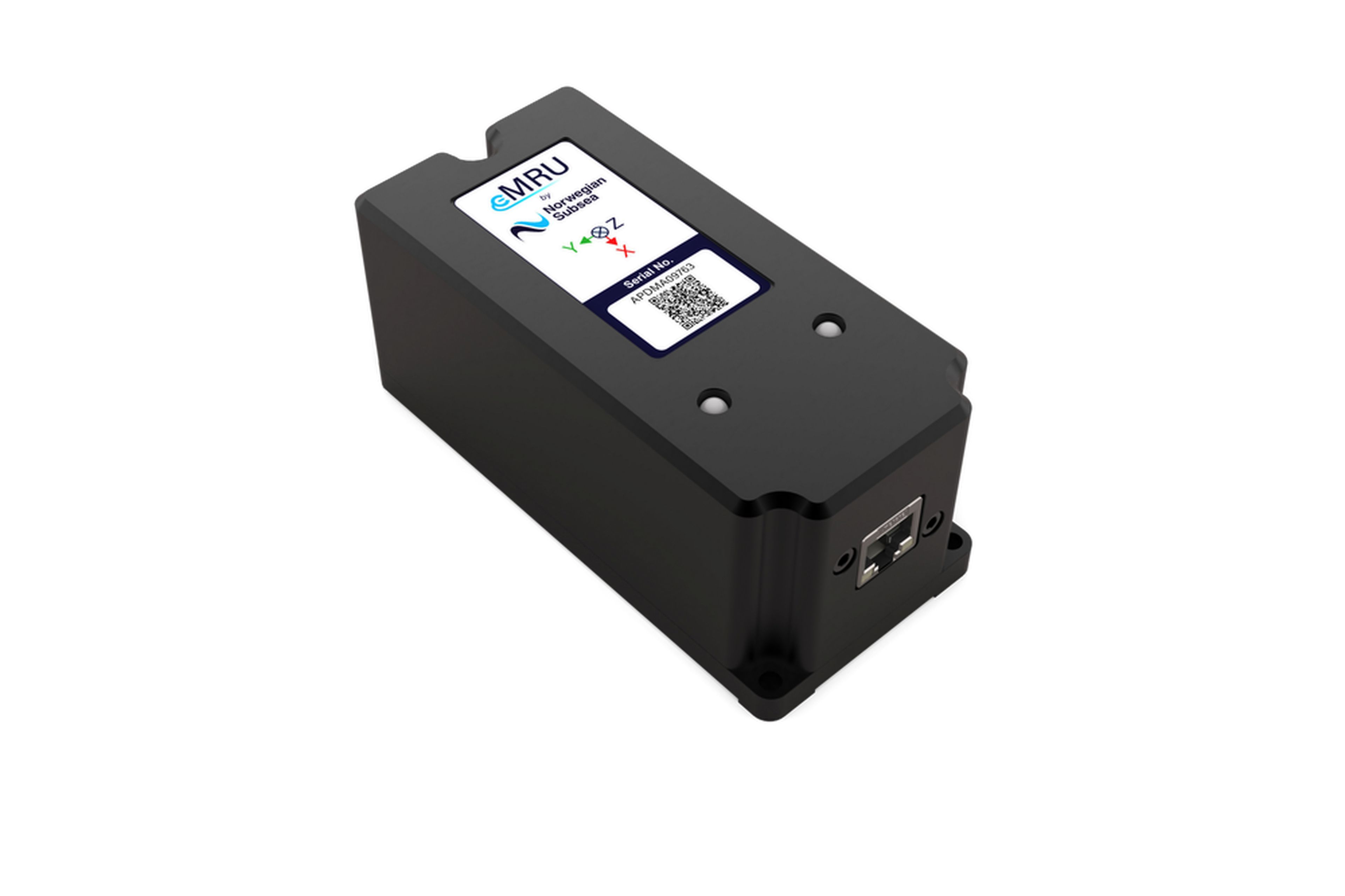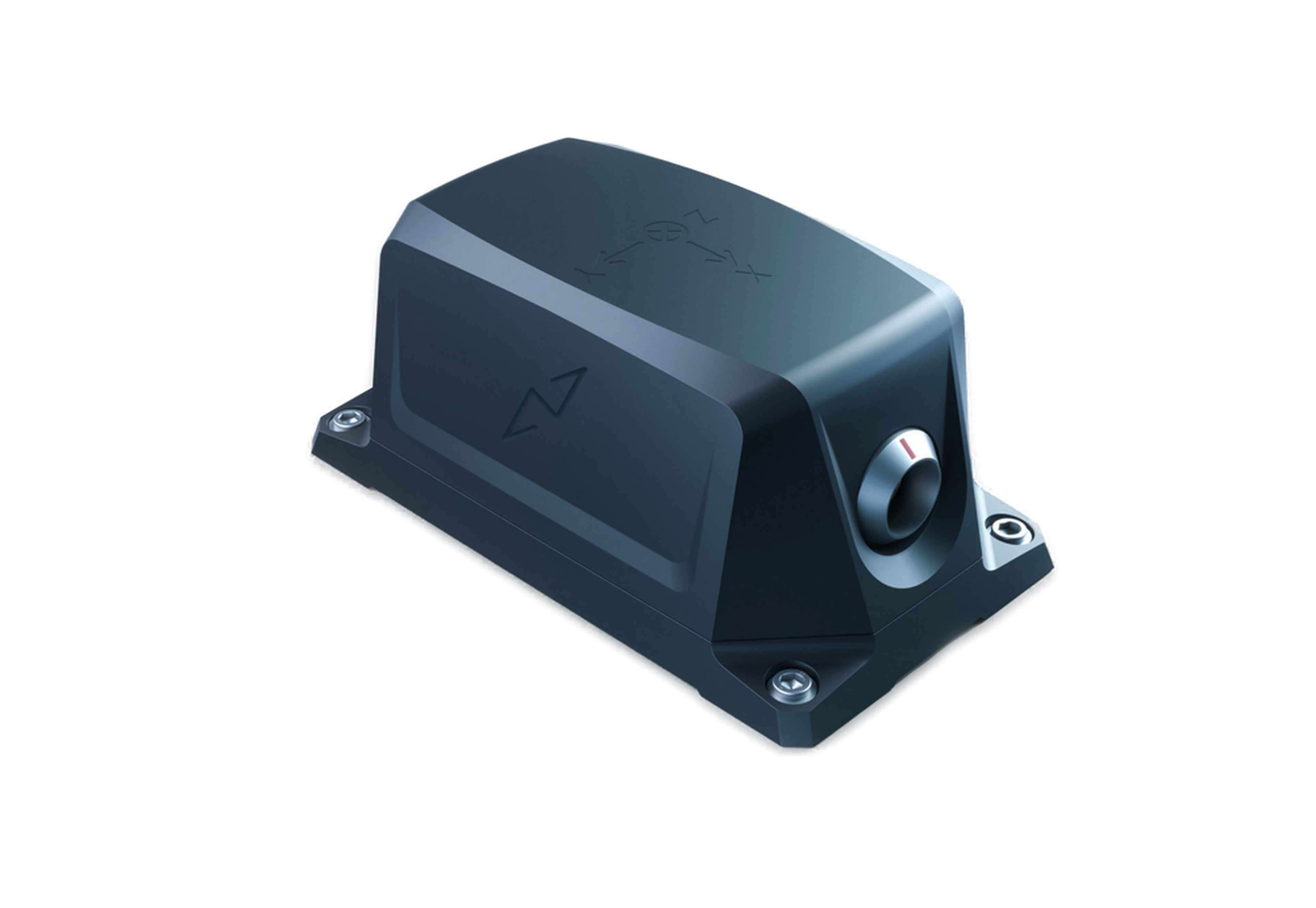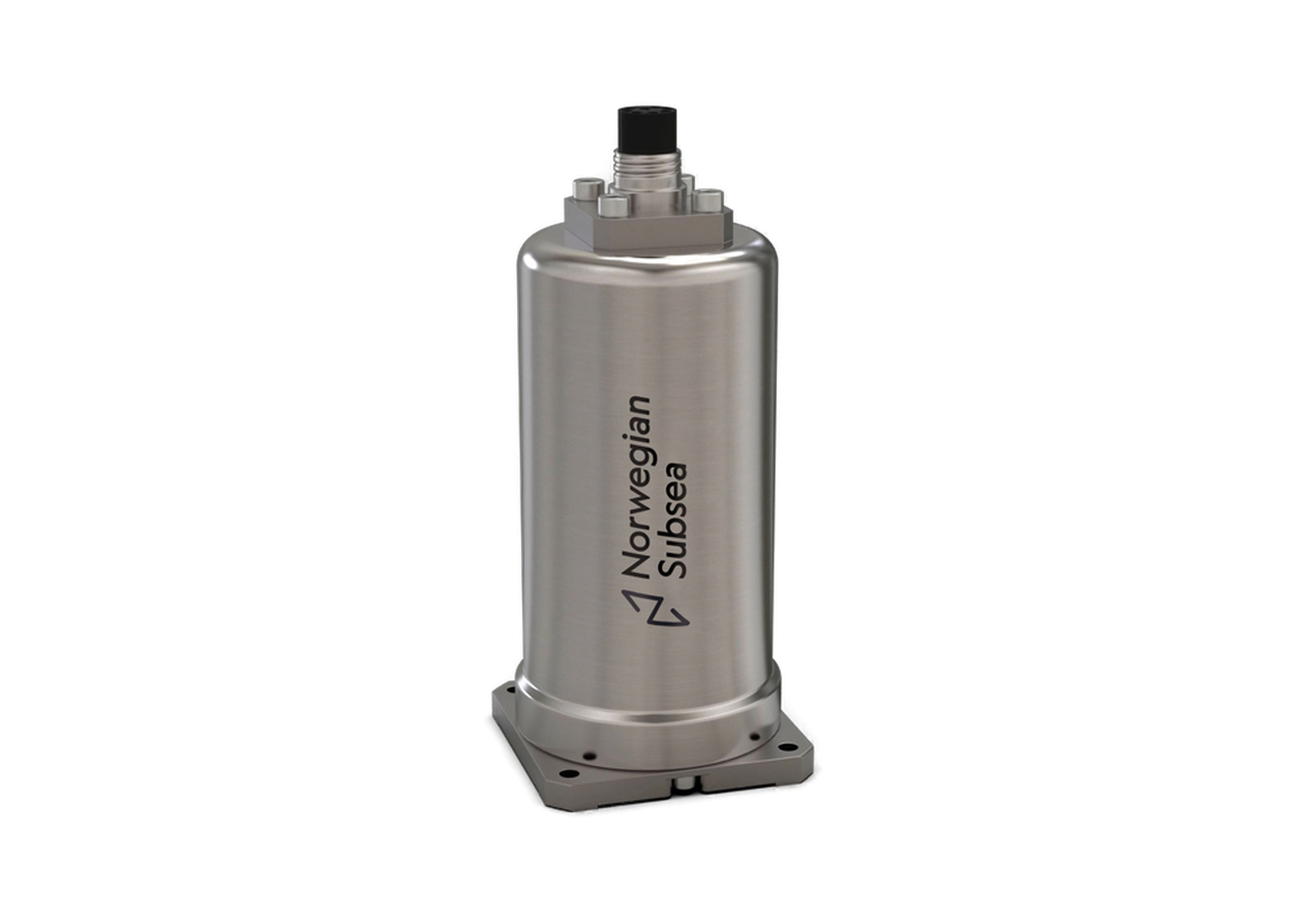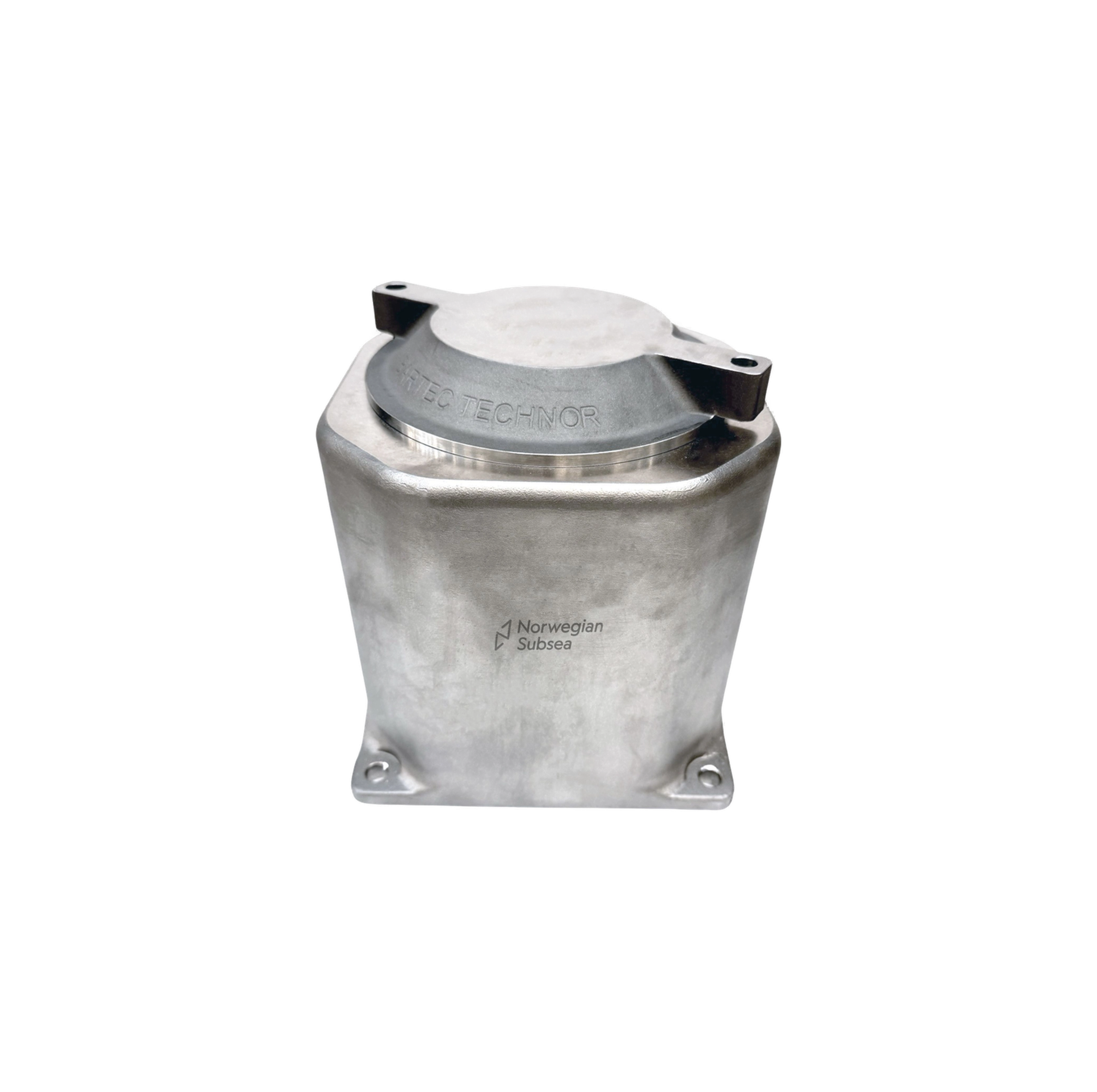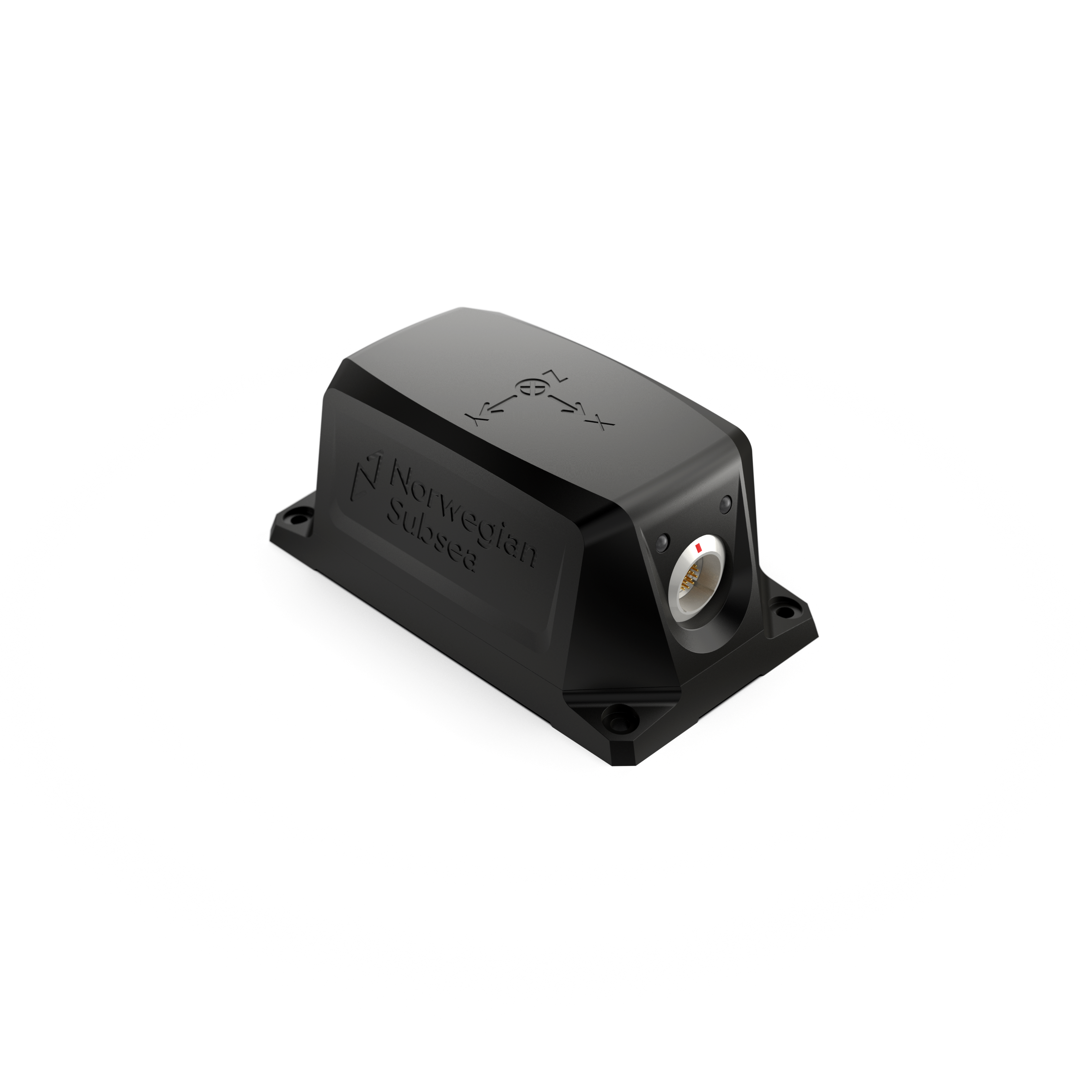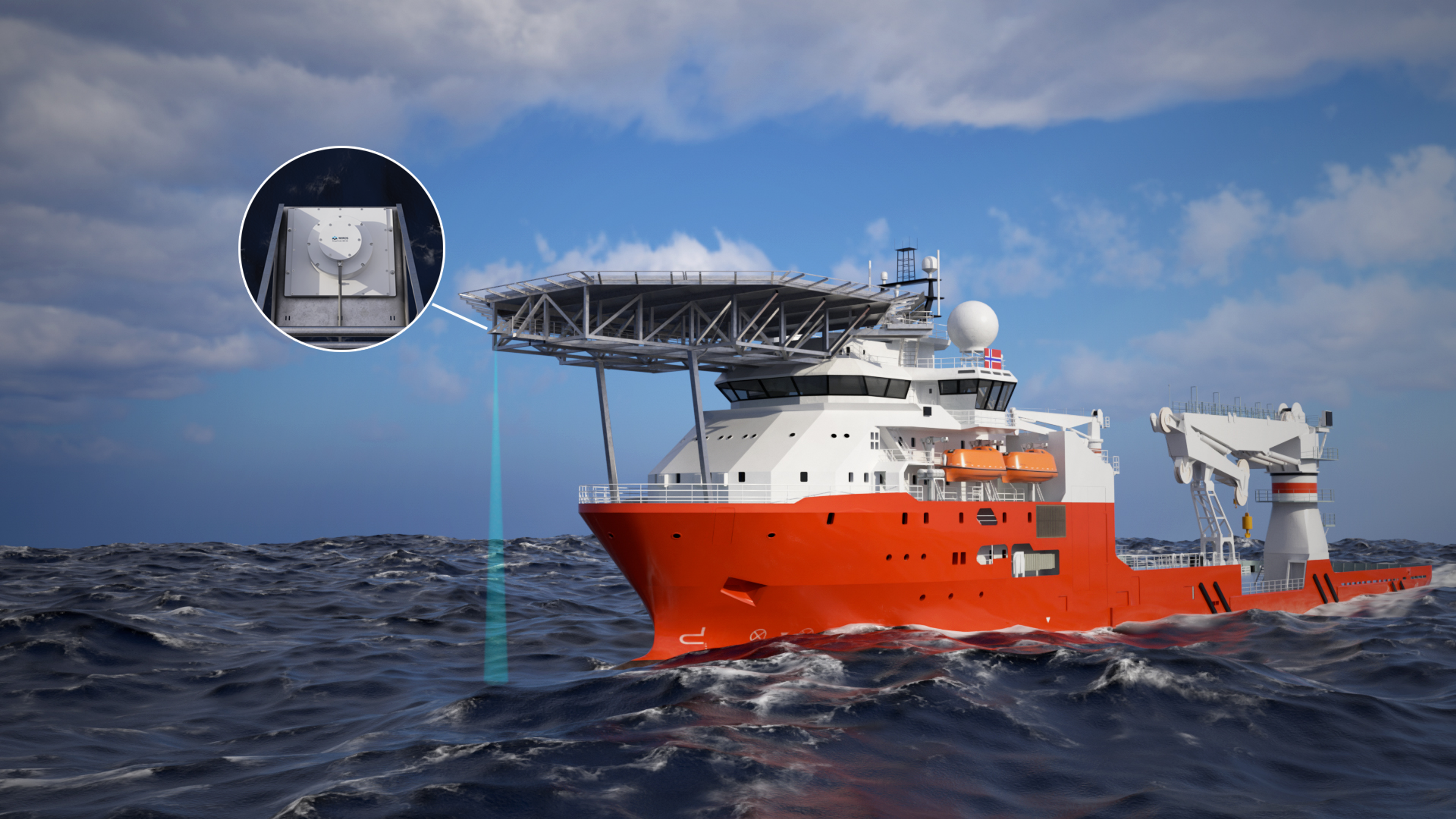How does an inertial measurement unit (IMU) work?
An IMU is an electronic device that measures and reports an object's linear acceleration and angular velocity using a combination of accelerometers and gyroscopes along three orthogonal axes (X, Y, and Z). It achieves this by utilizing a combination of sensors—primarily accelerometers and gyroscopes, and occasionally magnetometers. IMUs only provide raw data from their sensors and do not include "smart" features such as processing (e.g., Kalman Filter). The IMU cannot provide attitude (roll and pitch), velocity, or position without external processing.
This is very different from a Motion Reference Unit (MRU) which is a specialized device and self-contained sensor that measures motion in all six degrees of freedom (DoF): Roll, Pitch, Yaw, Surge, Sway and Heave. The six DoF positions, velocities and accelerations are measured by the MRU using high-end gyroscopes and accelerometers (and sometimes magnetometers) together with advanced fusion algorithms.
Where the IMU output raw sensor data on acceleration and rotation rates the MRU outputs real-time, high-accuracy motion data in all six DoF (roll, pitch, yaw, heave, surge, and sway). Optimized for dynamic environments, especially in marine settings, to provide accurate motion measurements under real sea conditions.
